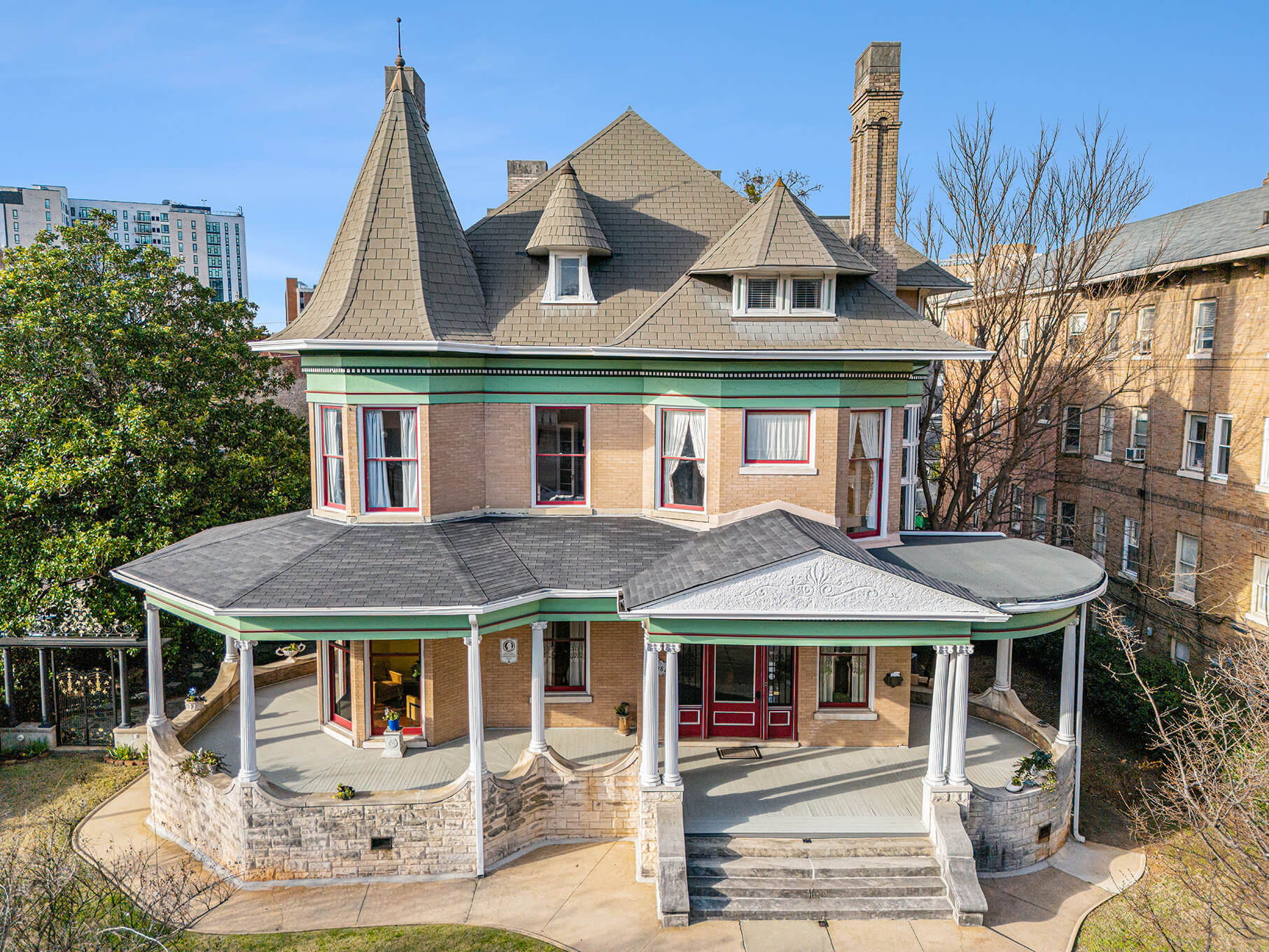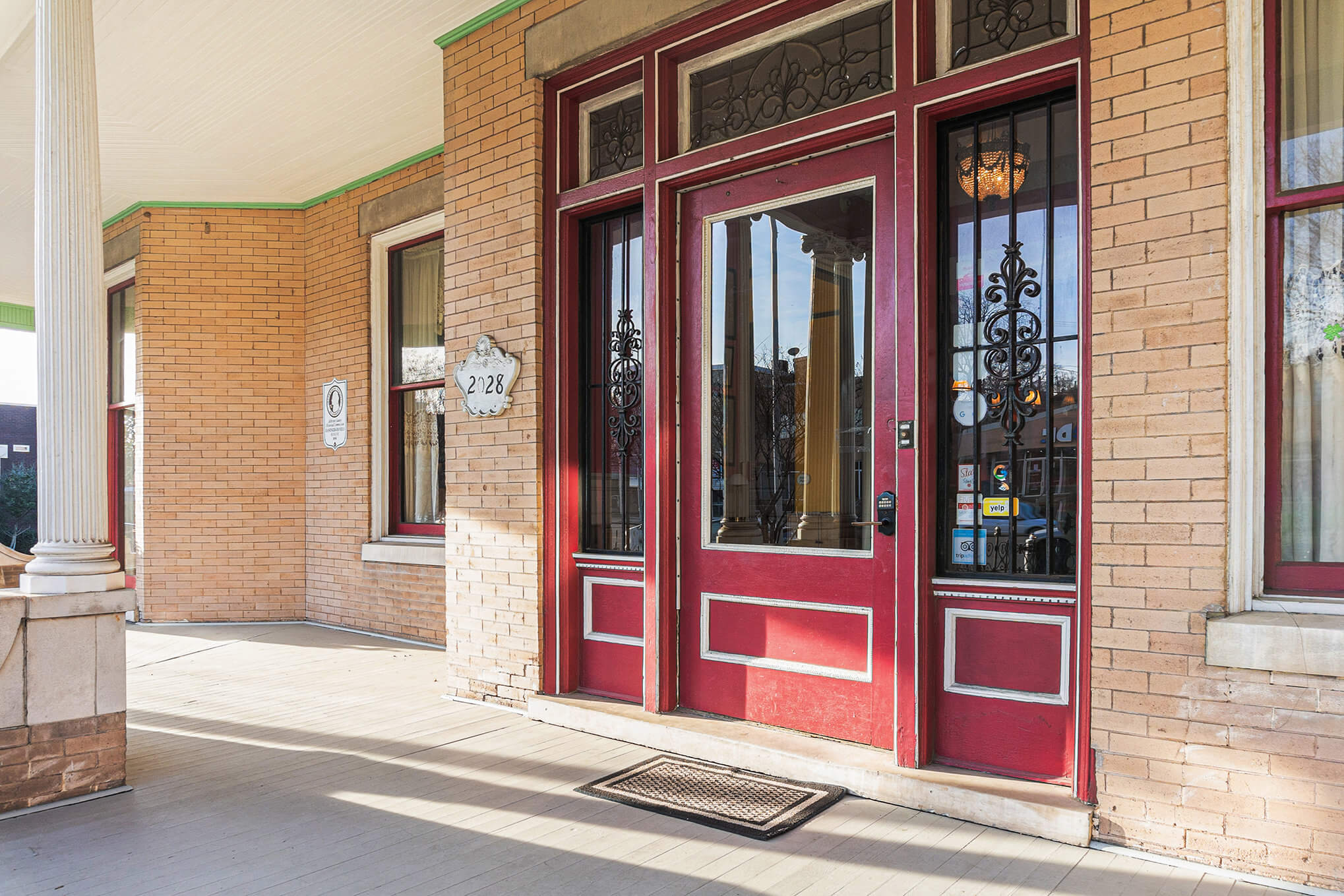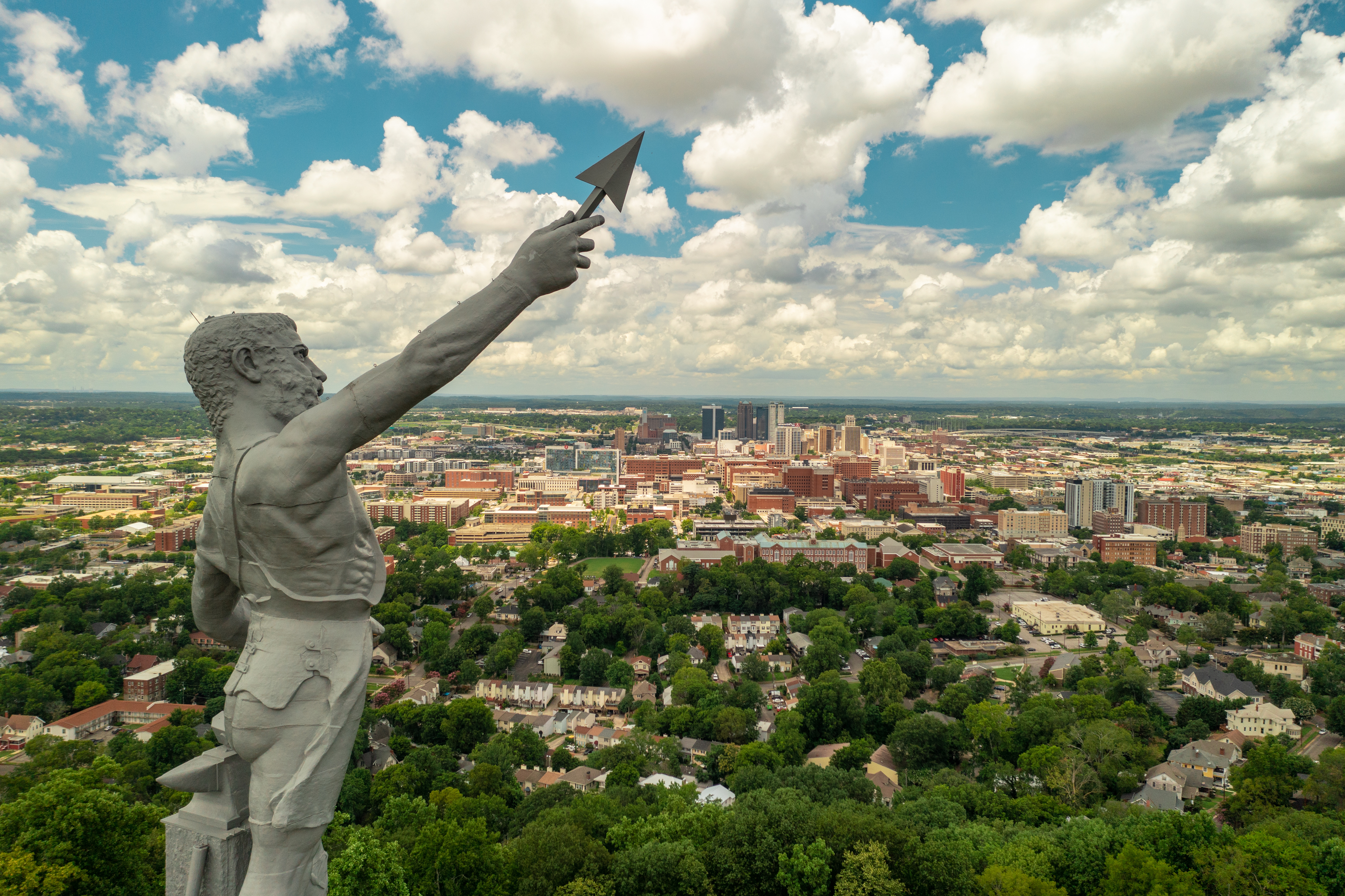Safeguarding history, one easement at a time
May 30, 2025 · Develop

REV Birmingham believes the Magic City’s historic buildings are more than beautiful — they’re essential to the city’s identity, vibrancy and future. That’s why we’ve spent May, National Historic Preservation Month, spotlighting the tools that help protect and celebrate these places: first, the National Register of Historic Places; then, the power of historic tax credits. Now, we’re exploring one of preservation’s most impactful — yet often overlooked— tools: historic preservation easements.
As longtime preservation advocates, we’re also proud to introduce REV’s own Historic Preservation Easement Program, created to help safeguard Birmingham’s irreplaceable architecture while adding long-term value to development projects involving historic properties.

What is a historic preservation easement?
In short, it’s a promise to protect what makes a historic place special.
A preservation easement is a voluntary legal agreement — typically recorded as part of a property deed — that protects a historic building’s character for future generations. Most often, the easement covers the building’s façade or other defining architectural features.
Here’s where REV comes in: property owners can “donate” those historic elements to a qualified nonprofit (like us!), who then works closely with the owner to ensure any repairs, renovations or future development align with preservation goals.
These agreements are tailored to each property and stay in place even when ownership changes, making them one of the most enduring preservation strategies available.
Easement 101: Frequently Asked Questions
How does a building qualify?
Any historic building could potentially qualify. To receive federal tax benefits, however, the property must be listed on the National Register of Historic Places, either individually or as part of a historic district. Before accepting an easement, REV assesses whether the property retains enough historic integrity and whether it’s in good condition for long-term stewardship.
What’s in it for the owner?
- Guaranteed long-term protection for your historic property
- The potential to treat the easement donation as a charitable contribution for tax purposes.
- In some cases, reduced real estate taxes (consult a tax professional)
- Easements can also make a project more appealing to investors who focus on historic redevelopment to inject equity into a project.
What are the costs involved?
Easements are a financial commitment, though a relatively modest one. Property owners may need to cover the costs of appraisals, legal counsel and tax advisory services. REV also charges a one-time application and donation fee to support long-term monitoring and annual inspections.
What are the owner’s responsibilities?
As an easement donor, you agree to:
- Maintain the historic property to a high standard
- Avoid demolition or inappropriate alterations
- Seek approval before making significant changes
These responsibilities transfer to any future owners as well.
What does REV do as the easement holder?
We act as stewards of the property’s preservation goals. Our team conducts regular inspections, offers maintenance guidance and ensures that any changes stay true to the property’s historic character. We’re here to support you — not just enforce rules — every step of the way.

Ready to explore an easement for your historic property?
REV’s Historic Preservation Easement Program is here to help property owners protect Birmingham’s past while building for its future. If you’re curious whether your property is a good candidate — or just want to learn more — reach out to our team today.
Together, we can make sure Birmingham’s history remains a visible, vibrant part of its story for generations to come.
This blog is part three of our 2025 Historic Preservation Month series. Read part one here. Read part two here.
Read More

Preservation that pays: How historic tax credits can power a downtown revival
For preservation advocates (or “building huggers,” as we like to call ourselves), historic tax credits are essential. They don’t just help save historic buildings — they support local economies, encourage private investment and breathe new life into spaces that shape the identity of our communities.